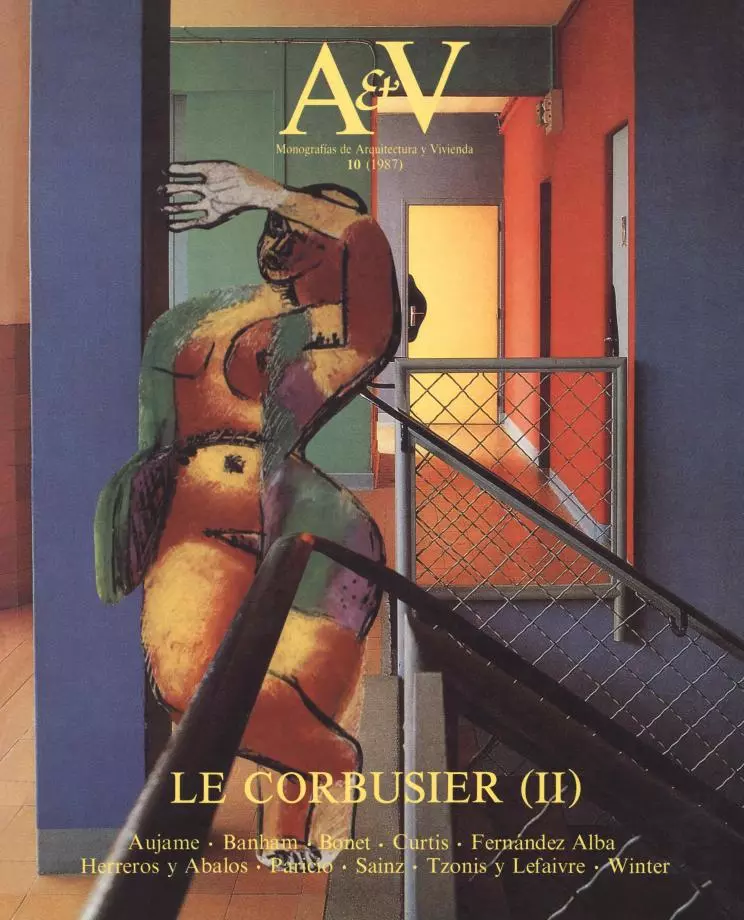From Sliding Windows to the Brise-soleil
The Limits of an Idea

The work of the pioneer is always subject to stimulating yet uncertain experimentation, and all innovations should be able to prevail when compared with reality, allowing for technical limitations and the passage of time. In the 1920s, Le Corbusier began a line of investigation that started with the horizontal window and ended in the brise-soleil; in his day, these novelties did not triumph as hoped. But their transcription to contemporary architecture leads the authors of this article to see them as prophecies come true.
Starting in the 1920s, Le Corbusier understood tum-of-the-century industry and its specific systems of production to be a model that directly affected the meaning of architecture by transforming its aesthetic codes. In the articles in L’Esprit Nouveau, assembly-line production of identical'objects, as conceived by Henry Ford, naturally led to an image of the new city in which the object-type and repetition took on the enormous significance that tradition had set aside for unique occurrences. Le Corbusier sensed that high density was the natural destiny of the industrial city, at least as far as he could understand it at the start of this century...[+]





